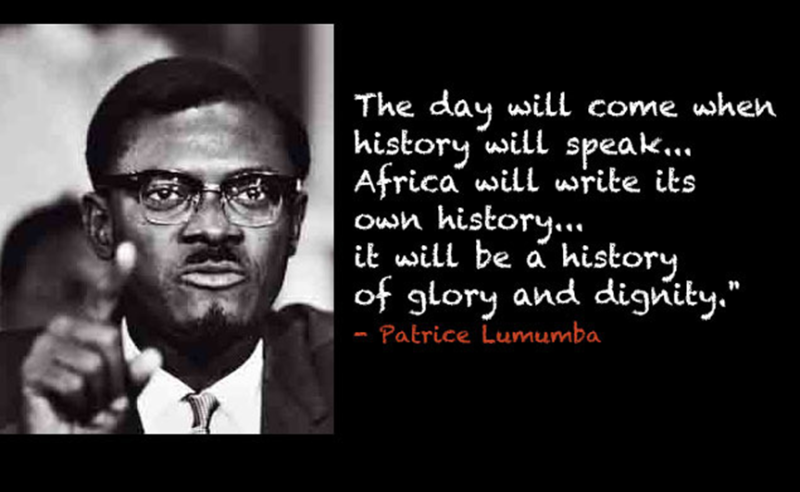DR CONGO – TIMELINE
Pre-1885 Africa
Colonial Rule (1885-1960)
The Mobutu Years (1965-1996)
First Congo War (1996-1997)
Second Congo War (1999-2003)
Kivu Conflict (2004-2011)
M23 Rebellion(2012-2013)
Simmering Conflict in the East (2014-present)
(Research contributions by: Guelord Mbaenda, Ken Ndalamba and Rebecca Hong)
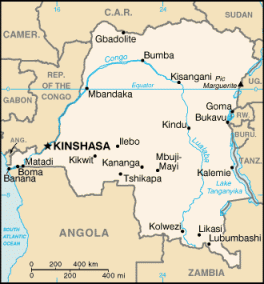
AFRICA PRE-1885
Approx 90,000-80,000 years ago. Humans dwell in the Katanda region as indicated by the excavation of a barbed bone harpoon point.
1000 BC–1000 AD. Pygmies, the earliest inhabitants of the region, are joined in by Bantu-speaking peoples arriving in a long series of migrations from West Africa, and disperse throughout what is now the DR Congo and central Africa. Non-Bantu speakers migrate to the region and the groups intermingle.
1390s. Small Bantu-speaking communities living around the Malebo Pool, north of the Congo River, gather to form one community. The community extends southward to establish the Kingdom of Kongo.
1482. The first European arrives in the Kingdom of Kongo.
1483. The Roman Catholic Church reaches the Kingdom of Kongo.
1500s-1600s. The Portuguese develop and expend trade of both goods and slave with the BaKongo (the inhabitants of the Kingdom of Kongo) Demand for workforce arises in Europe, North and Latin Americas; Portuguese together with Dutch, British, and French intensify with brutality the Atlantic slave trade in the region.
1807. Britain passes the “Abolition of the Slave Trade” Act, but slavery is still practiced within British colonies until 1834.
1840. David Livingston comes to Africa. He engages in a massive campaign against the illegal practice of slave trade.
1876. King Leopold II of Belgium, during an international assembly in Brussels, forms the International Congo Society to further his aims of establishing personal control over natural resources and economic wealth in the Congo Basin.
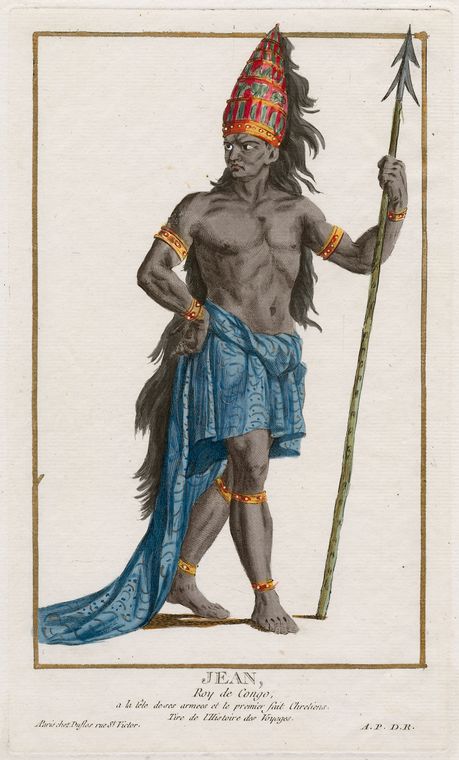
The Congo Free State: King Leopold’s Reign (1885-1908)
1884-1885. Representatives from the Ottoman Empire, United States, Russia, France, Austria-Hungary, Belgium, Germany and Great Britain (among others) assemble for the Berlin Conference to settle their African land disputes.
Jul 1, 1885. The Berlin Conference participants grant King Leopold II personal ownership of the territory of the International Congo Society territory, which he renames the Congo Free State. King Leopold II rules with horrific violence and impunity. Local Congolese people are forced to work and beaten, killed or have a limb amputated if they do not meet imposed quotes for the harvest of wild rubber.
1902. Joseph Conrad’s novel “Heart of Darkness” is published. Although fictional, the novel explores the brutality of Leopold II in the Congo Free State, which Conrad had personally witnessed during a visit in 1890.
1903. Journalist D. Morel publishes a series of articles in Britain on the brutality, slavery and mutilations taking place in the Congo Free State.
1904. Roger Casement, Britain Consul in the Congo, presents a Report on human rights atrocities in the Congo Free State, which the British government had commissioned.Casement, Morel and Dr. Henry Grattan Guinness (an Irish missionary) found the Congo Reform Association to denounce the atrocities and advocate for the removal of King Leopold II.
1905. American author Mark Twain publishes the pamphlet “King Leopold’s Soliloquy” as political criticism of Leopold II’s rule.
The Belgian Congo (1908-1960)
1908. Under international pressure and in light of the human rights abuses, the Belgium Parliament takes over control of the Congo Free State from King Leopold’s private ownership. The new Belgian colony is named, the Belgian Congo. While estimates vary, Congolese victims of Leopold II’s rule most likely reach the millions with one figure at ten million.
Belgium somewhat improves conditions in the Belgian Congo, by legally permitting the Congolese to trade freely, abandoning King Leopold’s monopoly system and rubber taxation, and making forced labour illegal—although in practise forced labour remained throughout the colonial period.
1916. During World War I, Belgium’s Congolese militia, the Force Publique, and British Forces advance together into Tanzania following a victorious East African campaign against the German colonial army.
1918. The end of World War I marks the beginning of major economic expansion for the Belgian Congo, which continue throughout the 1920s. Private investors from the United States and Europe finance ventures in the cacao, rubber, coffee, palm oil and cotton industries as well as those of diamond, cobalt, zinc, copper and gold. The Belgian Congo becomes a world leader in copper ore. Mandatory cultivation and extraction of these natural resources are enforced on the Congolese who essentially become indentured labourers. The Congolese likewise construct railways, roads and other advancements in the colony’s infrastructure.
Jun 1921. The Belgian Government prohibits the observances and practices of the Kimbanguist Church, an African Independent Church in the Congo, which gains immense popularity and expresses anti-colonial sentiment.
Oct 1921. The founder of the Kimbanguist Church, Simon Kimbangu, is imprisoned for life.
1929. The Great Depression strikes the Belgian Congo economy. The price of natural resources decreases, given the decrease in demand. Political discontent continues among the Congolese.
1939. World War II breaks out. The Belgian Congo supplies substantial amounts of uranium to the United States, which is used for the first nuclear bombs.
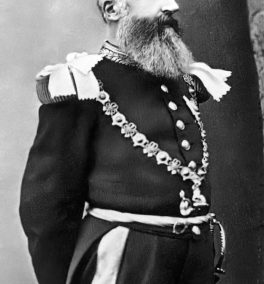
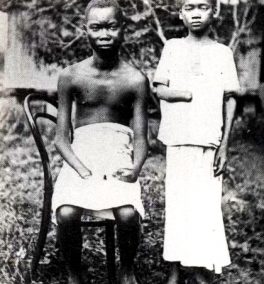
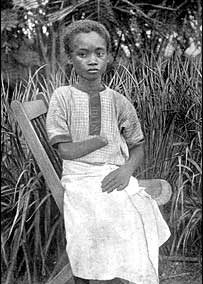
1945. Belgium produces a 10-year plan to avance health, construction and development, but the Congolese people continue to be deprived of basic rights such as voting and the right to buy and sell property.
1953. Congolese citizens are granted the right to own property in their own name.
1958. Congolese nationalists, including Patrice Lumumba – a prominent African nationalist—form the Movement National Congolais (Congolese National Movement, MNC), which is the first non-tribal-specific nationalist political party.
Jan 1959. Congolese political activists spark a spontaneous violent protest calling for “independence now”. The governmental response results in the death of forty-nine Congolese citizens. This violence sparks more protests. Following deadly protests for greater independence, Belgium announces that municipal elections will be held in the Congo in 1859 followed by independence.
Dec 1959. For the first time, Congolese citizens are permitted to run for political office and to vote in municipal elections.
Jun 24, 1960. Patrice Lumumba is elected Prime Minister, while his rival Joseph Kasavubu, accepts the lower post of President. Col. Joseph Mobutu is named head of the Congolese Army.
Jun 30, 1960. The République du Congo (Republic of Congo) is independent.
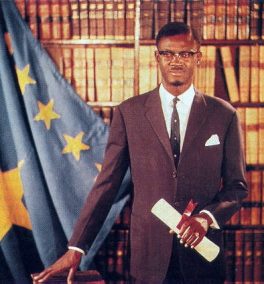
THE MOBUTU YEARS (1965-1996)
Early 1996. With no progress on repatriation of the one million Hutu refugees to Rwanda, and with the former génocidaires among them continuing to launch cross-border attacks against Rwanda…local politicians in eastern Congo launch an ethnic cleansing campaign against Congolese Tutsis; President Mobutu supports the Hutus’ anti-Tutsi ethnic cleansing campaign; and the Tutsi-led Government of Rwanda repeatedly warns that it will intervene in the Congo if the attacks do not stop.
